Editor's Note: Bob Krist will be teaching an Introduction To Video For Still Photographers at Kando Trip 2.0 in Monterey in May. See more about Kando Trip 2.0 and how to apply here.
Longtime travel photographer and Sony Artisan Bob Krist has in recent years shifted his focus from still photography to video. Photographers have a leg up, Krist says, when it comes to learning the ins and outs of video production. There are a few things, however, that in his experience tend to trip up still shooters as they learn to shoot specifically for video projects. Here is Krist’s advice for how to shorten the video learning curve for photographers, starting with the five angles and the five shots that form the foundation of every great video. In Krist's short film Over East, about Maine artist Robert Beck, you can see how Krist's fundamentals come into play.
The Five Angles
“The five angles are kind of like the basic lingua franca of visual storytelling,” Krist says. “They are the wide overall shot, the medium shot, the close-up, the ultra close-up and the point-of-view. These are things that I’ve been keeping in mind shooting magazine stories forever. And shooting for National Geographic and National Geographic Traveler, I was really good at the big wide shots and the medium shots, but I was really bad at the storytelling close-ups. I could never really bother to get them because they just seemed to be a waste of page space. But now as a videographer you have to pace it this way. You can’t just go from wide shot to wide shot to wide shot.”
Krist says it’s a good idea to shoot multiple close-ups for every wide shot. These are the details that tell the most intimate and nuanced elements of the story. But it’s imperative not to skip the other shots as they all serve a distinct storytelling function.
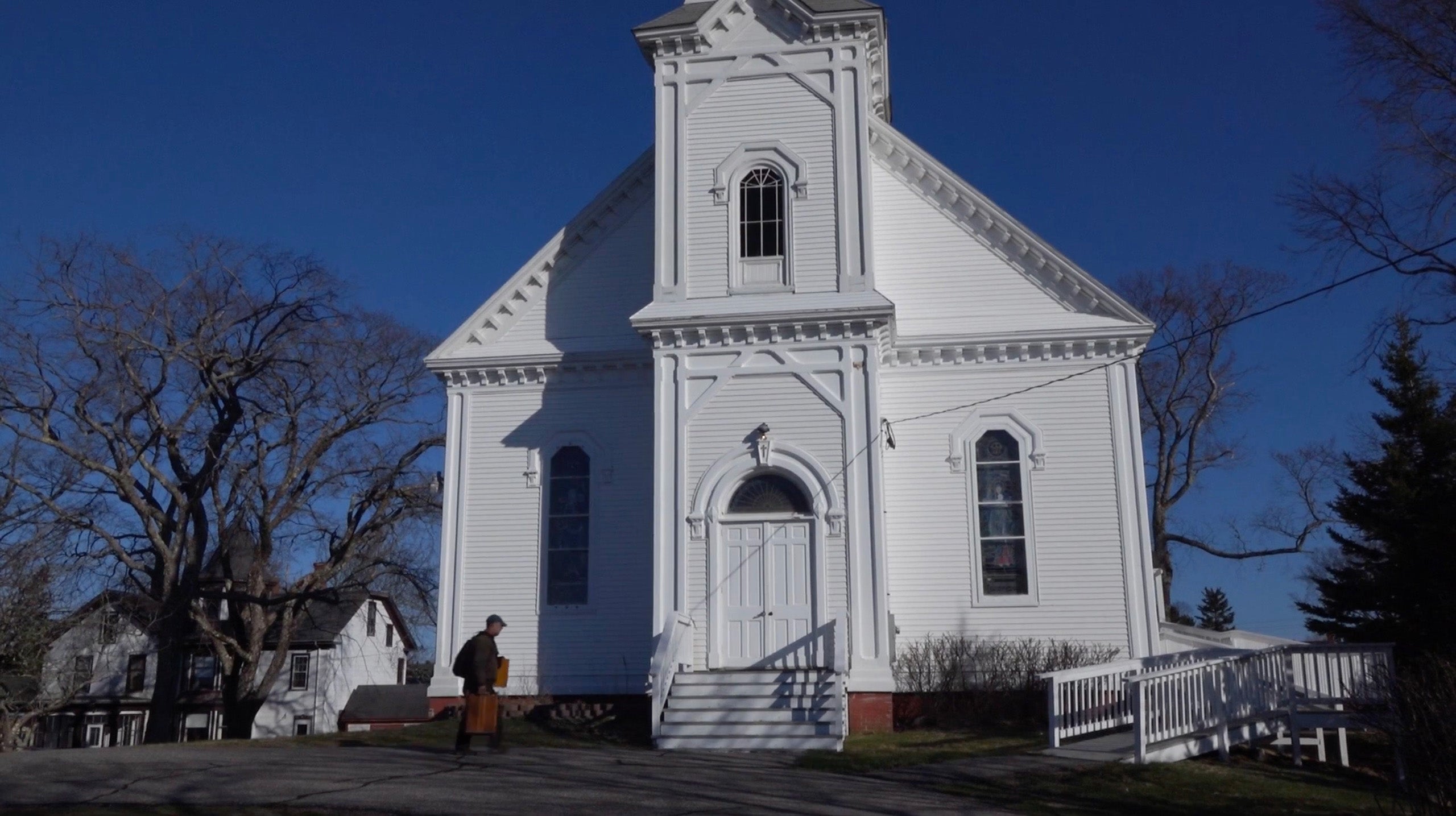
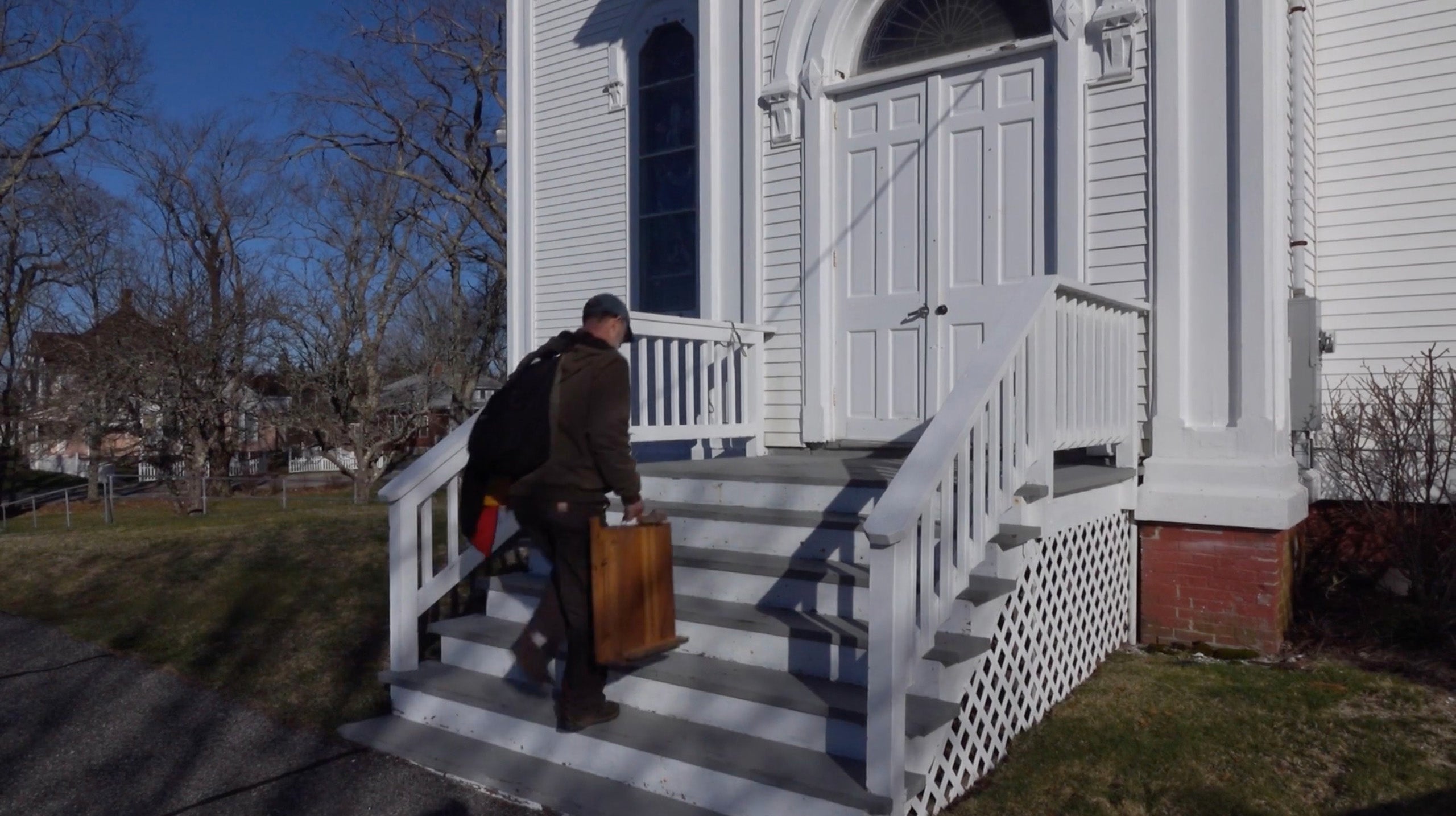
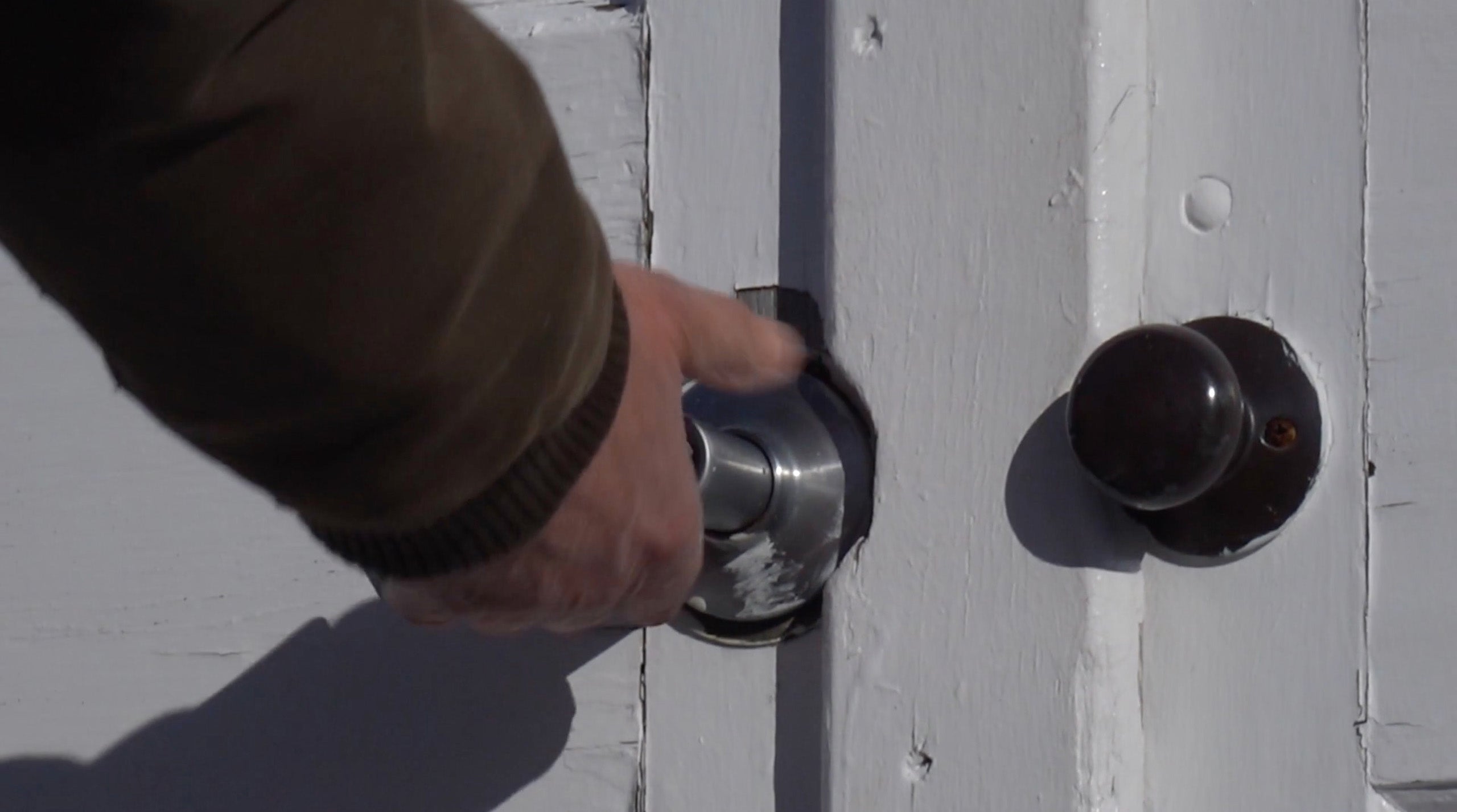


This sequence from Over East shows what Krist is talking about with The Five Angles.
“In my workshops,” he says, “I advise my students to go and watch their favorite TV drama for 15 minutes with the sound turned down. You have to turn the sound down otherwise you get involved in the story. Take an old “Law and Order” episode, for instance. It’s on 24 hours a day on every channel in every country. So you watch the first 15 seconds of “Law and Order”. Boom boom, there’s a shot of the New York City skyline, there’s your wide shot. Boom boom. Then you get the medium shot of Lenny Briscoe and his partner walking down Broadway. Boom boom. A close-up of Lenny. Boom boom. Ultra close-up of the corpse in the gutter. Boom boom. Point of view shot from the corpse up to Lenny and Lenny saying, ‘We’re gonna be late to lunch today.’ In the first 15 seconds of the show, using those five angles, they’ve already laid the story down for you.”
The Five Shots
“The next hard thing that still photographers have to worry about,” Krist says, “especially those who came as I did from a news background, is you have to stop wanting to get everything in one shot. You have to break every action down into sequences rather than one wrap-up killer frame that says it all. That could be your overall shot, but I also talk about having to think in terms of sequences and breaking down the action. These are the five shots: close-up of the action, close-up of the reaction, a shot establishing the action, a point-of-view of the action and creative b-roll of the action.”
Krist suggests working on capturing each of these shots by finding a good subject on which to practice. Ideally this is someone willing to let you record them doing something that has a repetitive quality to it so you have the time to really learn and understand the nuances of these shots and angles.

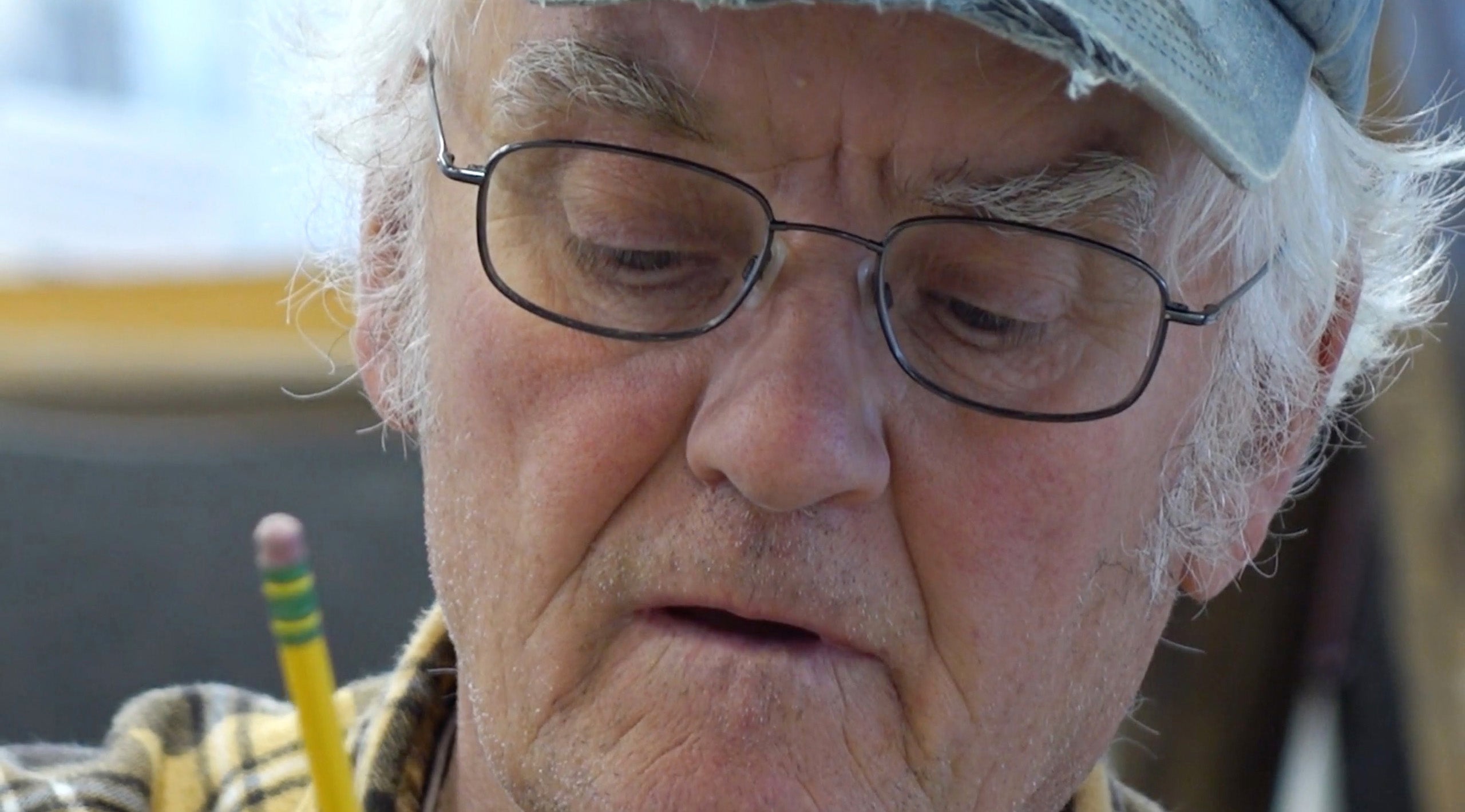
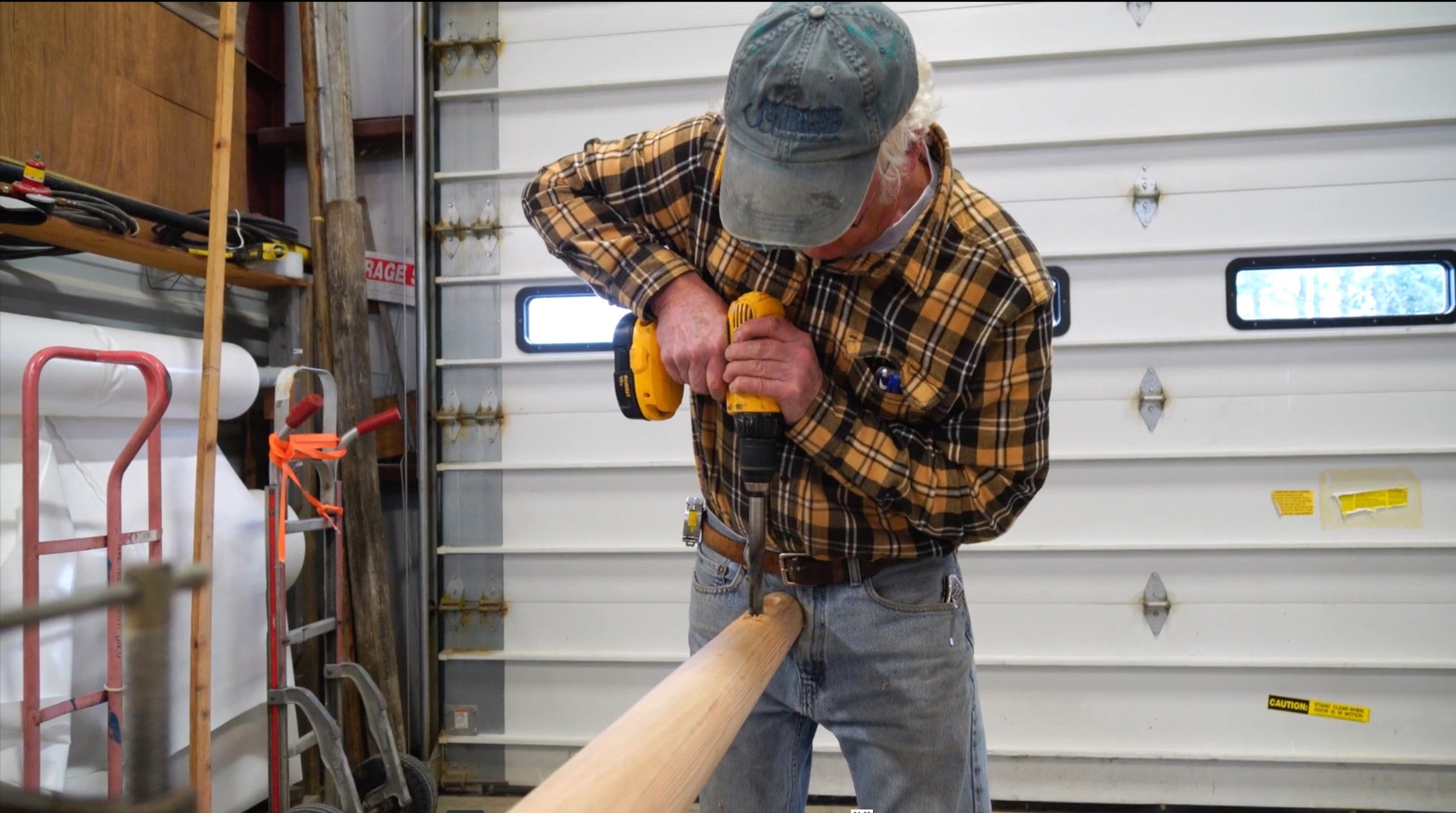
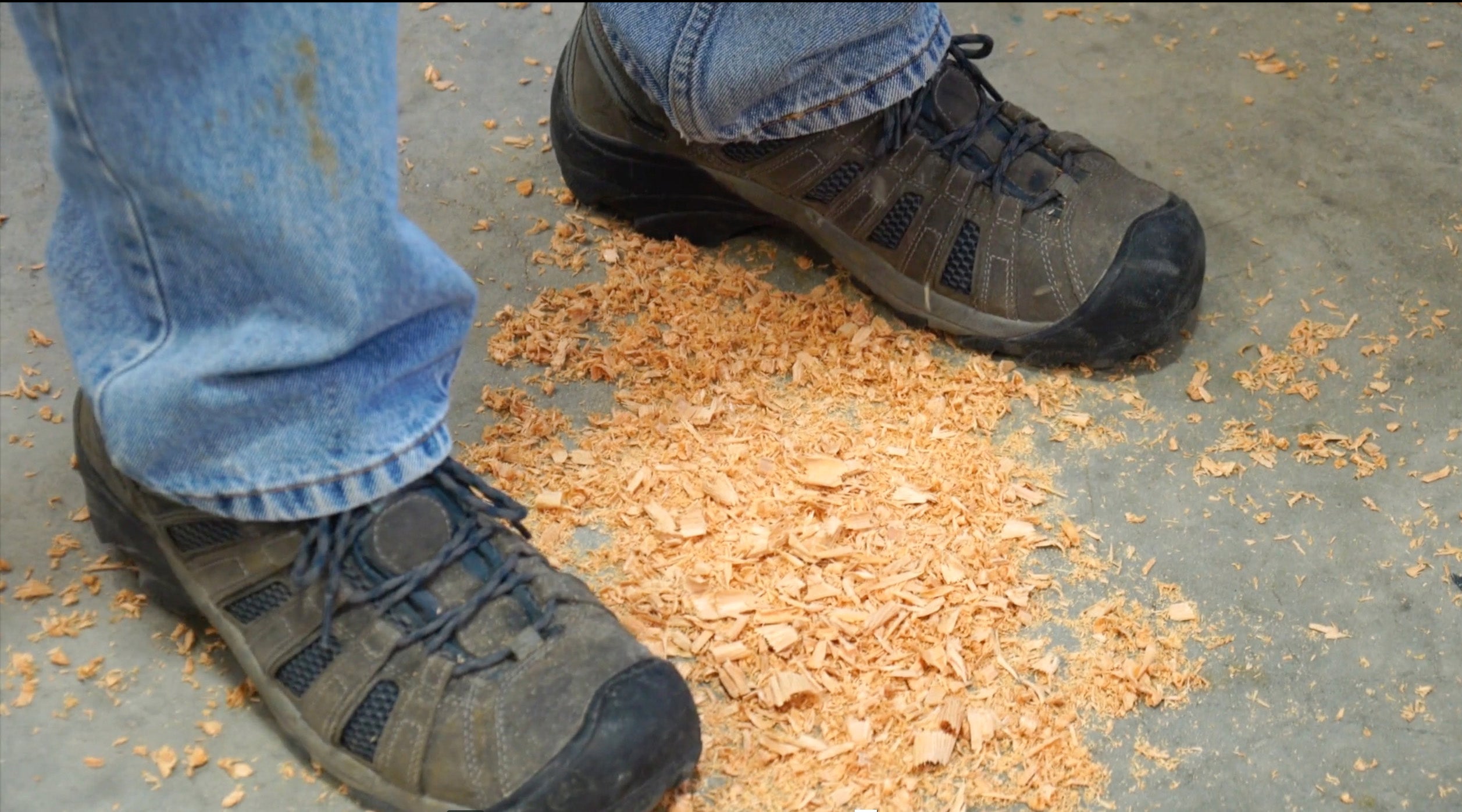

Break down the action into part. As still photographers we're trained to try to get a whole story in a single frame. With video, you can let part of the scene have their own visual space then pull them togetehr into a sequence.
“One way that I really recommend people learn to shoot video stories is to pick subjects that have repetitive action,” he says. “Let’s say you’re doing something on a shoemaker. The photographer would go in with a 24mm and get a nice shot of Geppetto with nice light in the windows and you know that beautiful wide shot and then stop. But I often talk about these five shots: a close-up of the action, you need a close-up of his hands tapping; a close-up of a reaction to the action, which would be a close-up of his face; a shot showing where the action is taking place; a point-of-view of the participant doing the action and then 10 or 20 close-up beauty shots relating to the action. These are loose categories, not everybody is going to work like this, but whether you’ve got two kids taking a music lesson or a guy making a pair of shoes, this is the way you break it down. You’ve got to go hands, face, over the shoulder, and if you mix up those shots and get at least two or three of the five angles, you’ve got what an editor calls a sequence. Too many still photographers fall in love with their overall shot and they hold shots way too long. So this is the tip I give everybody: try to break down the action into these five shots.”
Let The Motion Breathe
Krist says one of the primary compositional challenges for photographers working in video is how we deal with motion. We tend to follow the action rather than giving it room to breathe.
“We still photographers,” Krist says, “we tend to want to track the action all the time. So we end up whipping that camera back and forth with the subject moving and it’s fire hosing, it looks like the way a fireman whips the hose back and forth. Let the action move in and out of the frame. It’s a perfect place for the editor to cut from one shot to another. You have a guy walk in the left side of the frame and instead of tracking him and follow him you just let him walk out the right side of the frame and then you start following him.”
Bad Audio Is Unwatchable
Lastly, Krist says, still photographers tend to cut two technical corners because they don’t understand just how crucial these items are until it’s too late. First, he says, is to never underestimate the importance of audio.
“I had a really interesting experience,” Krist says, “back in the 1990s or early 2000s, when I used to host a lot of instructional videos. They always had a big crew, it was very professionally done, and the first one I did was down in Key West Florida and we were up on top of a roof of a hotel and they wanted me to do this walk and talk piece where I was walking and I had to stop three times and talk, and I did it and I nailed it and the sound guy said ‘We have to do it all over again, there was a plane at the end.’ I said what do you mean! Just take the plane out! And the director kind of grabbed me and said you can’t talk to the sound guy like that. The sound guy rules. He’s the final arbiter. And I was like, but he’s just the sound guy! I didn’t know he was probably the most important guy on set.”
So remember, Krist says, it’s never too early to think about audio for your next project. Ensure you’ve got good policies and procedures in place—and of course the right audio equipment—before it’s time to shoot. It’s almost as essential as ensuring your images will be steady—the final thing Krist says new videographers should be thinking about.
Stabilize Yourself
“Failure to stabilize yourself,” Krist says of his last bit of advice, “produces a lot of handheld shakiness. That’s becoming less and less of a problem with the built-in image stabilization, but there is a difference between a video that has a sense of movement that’s deliberate and artistic and just shaky video. Learning to use monopods, little chestpods, that kind of thing, to maintain your mobility but to have some kind of stability because there’s nothing that looks worse than really shaky video.”
These are simple tips, and by employing them, your video work will immediately stand above at least 90% of what’s being produced.
Bob Krist is a Sony Artisan Of Imagery. You can see more about him here. In his global travels, Krist frequently gets called upon to shoot still and video. Perferrring to smaller cameras whenever possible, Krist does a lot of his motion work with RX10- and α6000-series cameras and smaller E-mount lenses. See more about his gear in the related articles below.
Find out more about Bob Krist's Introduction To Video For Still Photographers class at Kando Trip 2.0 in Monterey in May. See more about Kando Trip 2.0, the classes and instructors and how you can apply here.
Watch Bob Krist's Going From Stills To 4K on the Alpha Universe YouTube channel:

